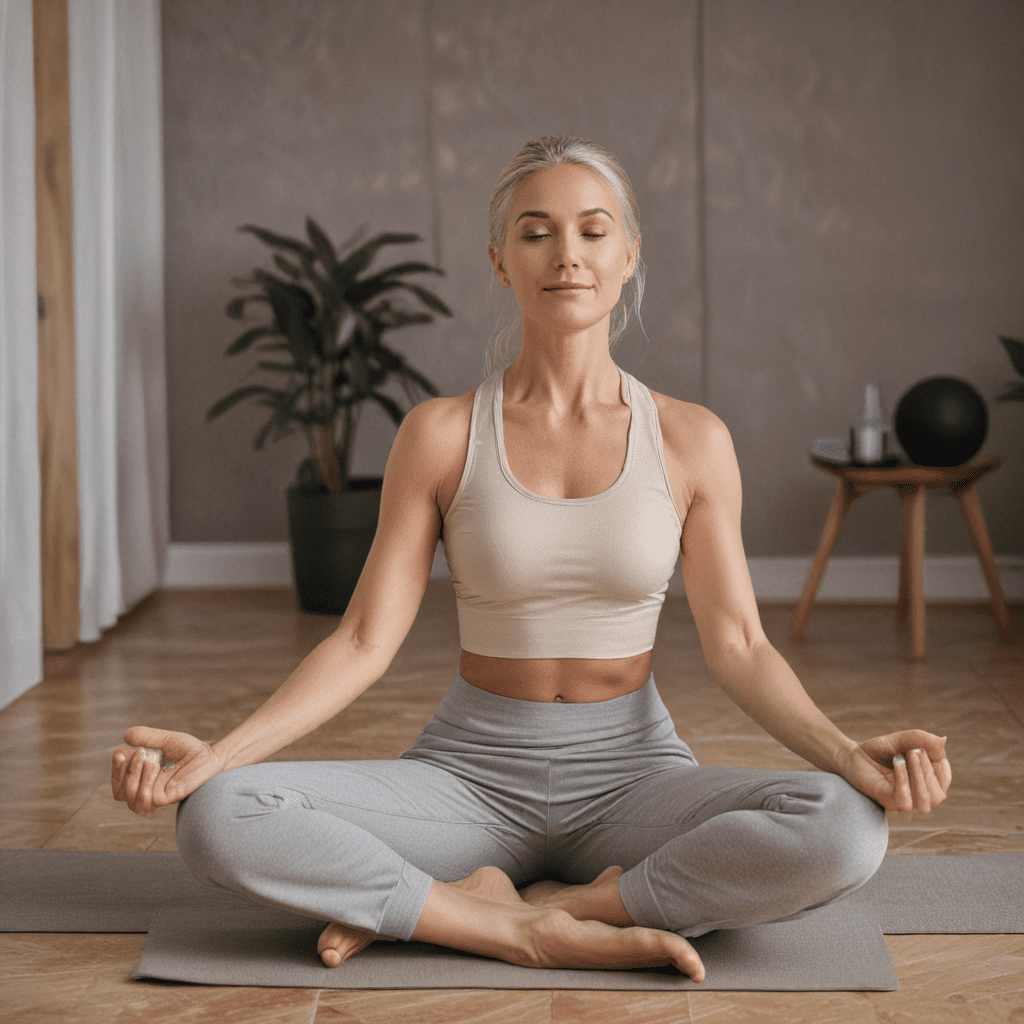
Understanding Eye Strain: The Causes and Symptoms
Eye strain, also known as asthenopia, is a common condition that affects a significant proportion of the population. It is characterized by a range of symptoms, including eye fatigue, headaches, blurred vision, and difficulty focusing. Eye strain typically arises from prolonged exposure to visual stimuli, such as reading, working on a computer, or engaging in other activities that require intense focus.
Prolonged use of digital devices, inadequate lighting, glare, and poor posture can contribute to the development of eye strain. Understanding the underlying causes of eye strain is crucial for implementing effective preventive measures.
The Role of Hydration in Maintaining Eye Health
Maintaining adequate hydration is essential for overall well-being, including eye health. Water constitutes a significant component of the human body, including the eyes. Proper hydration supports the production of tears, which play a vital role in lubricating the eyes and keeping them moist.
Tears contain essential nutrients and antimicrobial substances that help maintain the health and clarity of the cornea, the transparent outer layer of the eye. Dehydration can disrupt tear production, leading to dryness and irritation of the eyes, increasing the risk of eye strain.
Impact of Dehydration on Tear Production and Eye Strain
When the body is dehydrated, tear production decreases, and the eyes may become dry and irritated. This can lead to a number of symptoms, including burning, itching, and redness of the eyes. It can also make it difficult to focus and can lead to headaches and fatigue.
In severe cases, dehydration can even cause damage to the cornea. The cornea is the clear outer layer of the eye that covers the pupil and iris. If the cornea becomes damaged, it can lead to vision problems.
Benefits of Drinking Water for Relieving Tired Eyes
Drinking plenty of water throughout the day can help to keep the eyes hydrated and reduce the risk of eye strain. Water helps to flush out toxins and waste products from the body, including those that can build up in the eyes. It also helps to maintain the proper balance of electrolytes in the body, which is essential for good eye health.
There are a number of studies that have shown that drinking water can help to relieve eye strain. One study found that people who drank eight glasses of water per day had significantly less eye strain than those who drank only four glasses of water per day. Another study found that drinking water before and during computer work helped to reduce eye strain and improve visual performance.
Recommended Fluid Intake for Optimal Hydration
The amount of water a person should drink each day depends on a number of factors, including age, activity level, and climate. However, most experts recommend that adults drink at least eight glasses of water per day. People who are more active or live in hot climates may need to drink more.
It is also important to note that caffeine and alcohol can dehydrate the body, so it is best to limit their intake. If you are experiencing eye strain, it is important to drink plenty of water and to see a doctor if your symptoms do not improve.
Signs and Symptoms of Dehydration
Dehydration can cause a number of symptoms, including:
- Thirst
- Dry mouth
- Fatigue
- Headache
- Dizziness
- Nausea
- Vomiting
- Diarrhea
- Constipation
- Muscle cramps
- Dry skin
- Decreased urination
- Dark urine
If you are experiencing any of these symptoms, it is important to drink fluids and seek medical attention if necessary.
Other Ways to Address Eye Strain
In addition to drinking plenty of water, there are a number of other things you can do to address eye strain, including:
- Take breaks from screen time. Every 20 minutes, look away from your screen and focus on something else for at least 20 seconds. This will help to give your eyes a chance to rest.
- Adjust your screen settings. Make sure your screen is at a comfortable brightness level and that there is no glare. You may also want to use a blue light filter to reduce the amount of blue light emitted from your screen.
- Use artificial tears. Artificial tears can help to lubricate your eyes and reduce dryness.
- Get regular eye exams. Regular eye exams can help to identify and address any underlying eye conditions that may be contributing to eye strain.
Eye Exercises and Relaxation Techniques
There are a number of eye exercises and relaxation techniques that can help to relieve eye strain, including:
- Palming. Palming involves covering your eyes with your palms and gently rubbing them in a circular motion. This can help to relax the muscles around your eyes.
- Eye rolling. Eye rolling involves rolling your eyes in a circular motion. This can help to improve blood flow to your eyes.
- Blinking. Blinking helps to keep your eyes moist and lubricated. When you are working on a computer, make sure to blink frequently.
Importance of Restful Sleep
Getting enough restful sleep is also important for eye health. When you are sleep-deprived, your eyes are more likely to become dry and irritated. Aim for 7-8 hours of sleep per night.
Maintaining a Comfortable Workspace for Eye Strain Prevention
There are a number of things you can do to make your workspace more comfortable and reduce your risk of eye strain, including:
- Use a comfortable chair. Your chair should be supportive and allow you to sit up straight.
- Make sure your desk is at a comfortable height. Your elbows should be bent at a 90-degree angle when you are typing or writing.
- Position your computer screen so that the top of the screen is at or slightly below eye level. This will help to prevent you from having to crane your neck.
- Use a document holder. A document holder can help to keep your papers at a comfortable reading level.
- Take breaks throughout the day. Get up and move around every 20-30 minutes to help reduce eye strain.
FAQ
Q: How much water should I drink each day?
A: Most experts recommend that adults drink at least eight glasses of water per day. People who are more active or live in hot climates may need to drink more.
Q: What are the symptoms of eye strain?
A: Symptoms of eye strain can include eye fatigue, headaches, blurred vision, and difficulty focusing.
Q: What can I do to relieve eye strain?
A: There are a number of things you can do to relieve eye strain, including drinking plenty of water, taking breaks from screen time, adjusting your screen settings, using artificial tears, and getting regular eye exams.
Q: How can I prevent eye strain?
A: There are a number of things you can do to prevent eye strain, including maintaining a comfortable workspace, using a comfortable chair, making sure your desk is at a comfortable height, positioning your computer screen so that the top of the screen is at or slightly below eye level, using a document holder, and taking breaks throughout the day.


